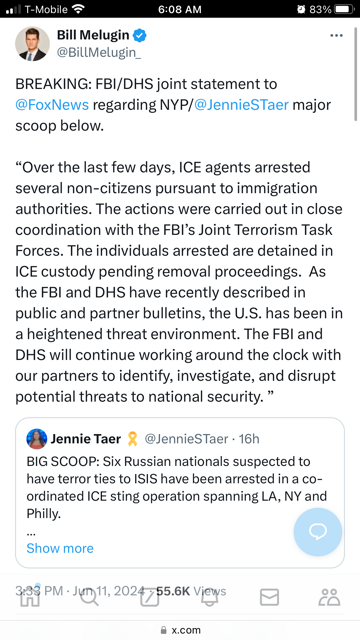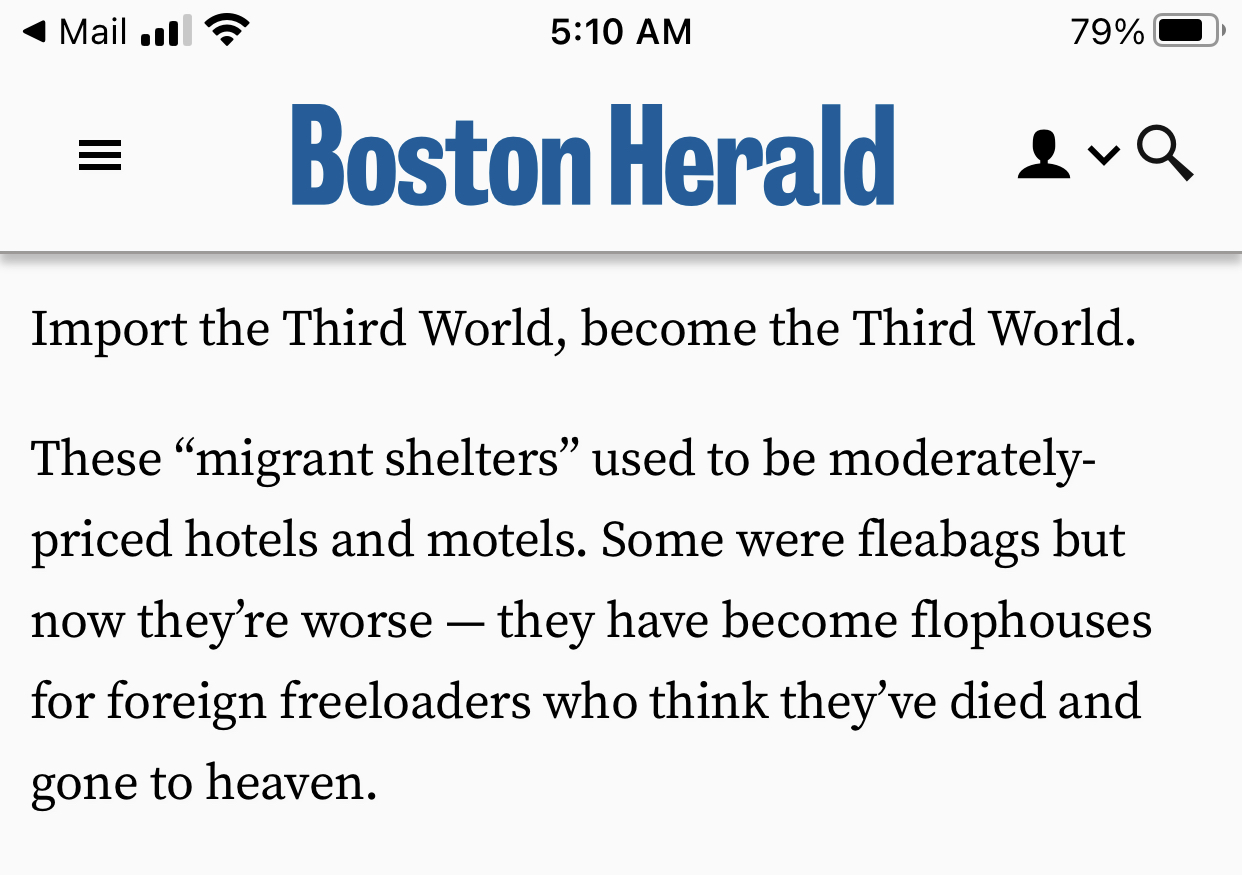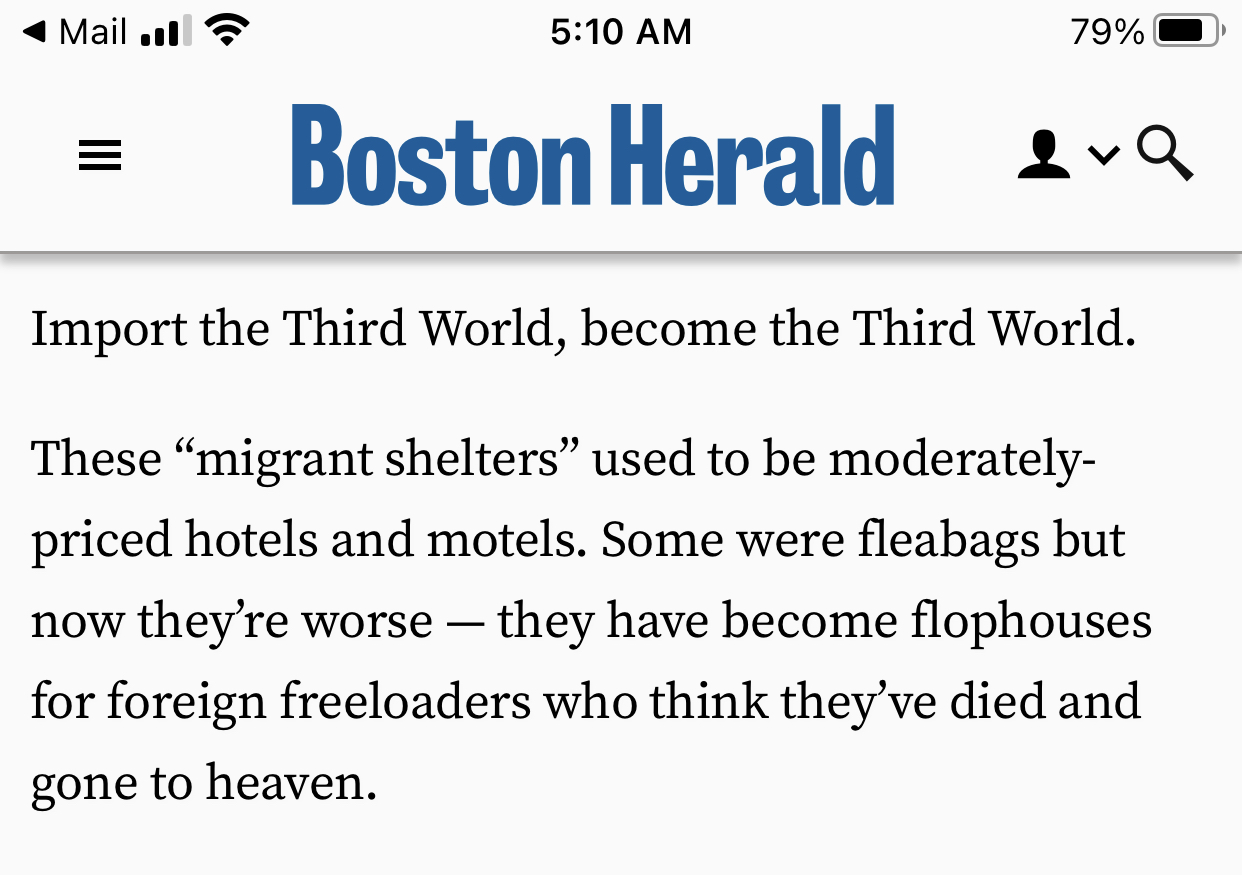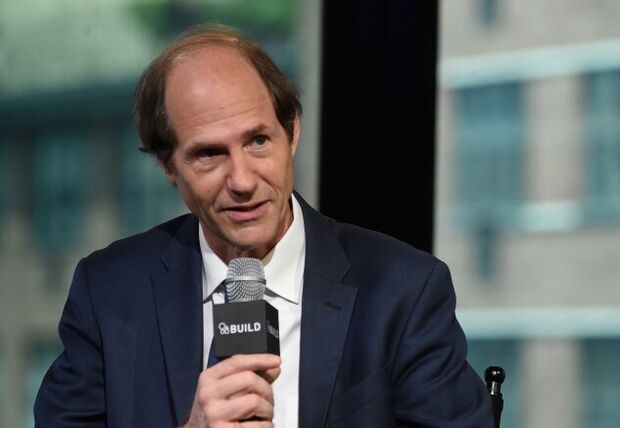In part from USA Today, hardly tells the whole story about this case.
WASHINGTON ― U.S. Immigration and Customs Enforcement agents in recent days arrested eight foreign nationals in the U.S. suspected to have ties with the terrorist group ISIS, a U.S. official familiar with the investigation confirmed.
The eight individuals were detained on immigration charges from New York, Los Angeles and Philadelphia. Each is from Tajikistan and entered the U.S. at the southern Mexico border, the official said. They remain in U.S. custody.
The official said no derogatory information was detected about the individuals during their initial screening at the border but the U.S. later learned information that tied them to ISIS. They don’t currently face any terrorism charges. More here.
A deeper dive:
The FBI had been tracking these operatives for several weeks, long before the most recent fake Biden Executive Order on the southern border. Obviously the White House ignored not only the case and intelligence but continues to ignore the warnings put forward by FBI Director Christopher Wray in several congressional hearings.

& New York Post, who report at least one of the individuals was caught on a FBI wiretap talking about bombs. FBI/DHS joint statement to
“Over the last few days, ICE agents arrested several non-citizens pursuant to immigration authorities. The actions were carried out in close coordination with the FBI’s Joint Terrorism Task Forces. The individuals arrested are detained in ICE custody pending removal proceedings. As the FBI and DHS have recently described in public and partner bulletins, the U.S. has been in a heightened threat environment. The FBI and DHS will continue working around the clock with our partners to identify, investigate, and disrupt potential threats to national security. ”

The arrests were carried out in close coordination with the FBI’s Joint Terrorism Task Forces, the FBI and Department of Homeland Security said in a statement, adding that the individuals who were arrested are in ICE custody pending removal proceedings.
“As the FBI and DHS have recently described in public and partner bulletins, the U.S. has been in a heightened threat environment,” the statement went on to say. “The FBI and DHS will continue working around the clock with our partners to identify, investigate, and disrupt potential threats to national security.”
*** Per UPI:
“Now increasingly concerning is the potential for a coordinated attack here in the homeland, akin to the ISIS-K attack we saw at the Russia Concert Hall,” Wray testified in April.
“As the FBI and DHS have recently described in public and partner bulletins, the United States has been in a heightened threat environment,” according to Tuesday’s statement on the arrests.
“The FBI and DHS will continue working around the clock with our partners to identify, investigate and disrupt potential threats to national security.”
According to the National Counterterrorism Center, IS-K is among the deadliest branches of ISIS, conducting attacks in Afghanistan and Pakistan as well as in Iran, Tajikistan and Uzbekistan while seeking to conduct similar operations in the United States and Europe.
It was sanctioned by the United States as a foreign terrorist organization in 2016.






